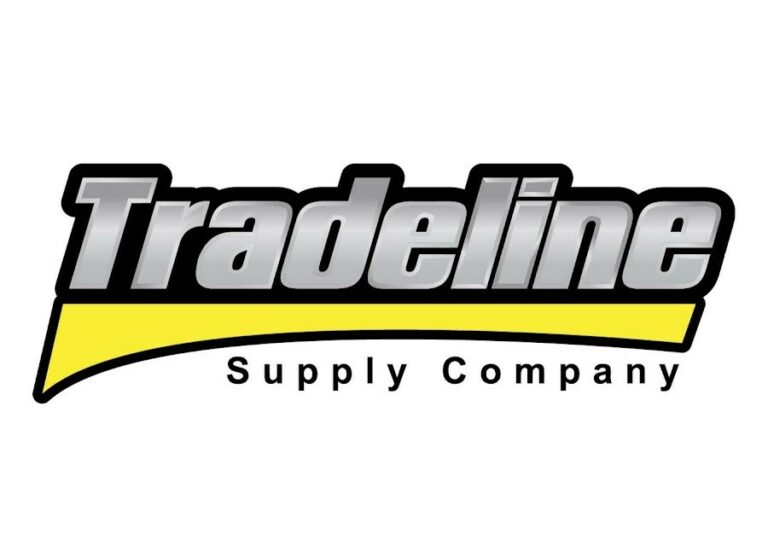

A tradeline is any credit account that appears on a credit report. In personal finance, this could be a credit card account, an auto loan, or a student loan. In the business world, business tradelines encompass vendor accounts, business credit cards, installment loans, and revolving accounts associated with your company.
So, how long does it take for tradelines to appear

Chime is a financial technology company that offers personal banking services through a user-friendly mobile platform. While it offers banking features similar to traditional banks, it is not a bank. Instead, it partners with FDIC-insured institutions: The Bancorp Bank and Stride Bank. This partnership ensures account holders receive the same level of deposit insurance as they would with a traditional

A business bank account is a financial account used to manage a company’s funds. Unlike a personal checking account, a business account separates personal and professional finances, essential for accurate recordkeeping, tax reporting, and liability protection.
ChexSystems is a consumer reporting agency governed by the Fair Credit Reporting Act. It collects data on closed bank accounts, unpaid overdraft fees,

Cash-back business credit cards are tailored explicitly for business owners. They offer a smart and straightforward rewards-earning solution for all your business basics. These cards give cash back on eligible business purchases, helping business owners save money and reinvest in their businesses. Cash-back rewards are different from traditional rewards cards. Most importantly, they keep it simple, delivering businesses a clear-cut

LegalZoom, Incfile, and ZenBusiness are three top providers of business formation and management services designed to assist entrepreneurs with their ventures. Each platform simplifies tasks such as LLC formation, business compliance management, and more to help you build and manage your business. Though they’re all similar at their core, their features, pricing, and additional offerings vary greatly.

Tradeline Supply Company LLC, founded in 2017 and based in San Diego, California, has established itself as a trusted marketplace for buying and selling authorized user tradelines. The company’s mission is to help individuals improve their credit scores by offering a variety of tradelines for purchase.
With a user-friendly online platform, customers can browse available tradelines and choose the

A business line of credit is a flexible financing option that allows businesses to borrow money up to a predetermined credit limit. Unlike a traditional business loan, where the borrower receives a lump sum upfront, a line of credit allows businesses to draw funds as needed, only paying interest on the amount used. This revolving credit structure provides a financial

Northwest Registered Agent LLC is a trusted registered agent and business formation services provider. Established in 1998, the company has over two decades of experience helping businesses navigate legal compliance requirements. It is the second-largest registered agent service provider in the United States, serving thousands of entrepreneurs and small business owners.
Their primary offerings include LLC formation and registered agent

A business address serves as the official location of your business operations. It’s where clients, vendors, and regulatory authorities contact your business and often plays a crucial role in legal filings. A dedicated business address allows you to receive mail from various carriers. Using a physical business address can help avoid shipping limitations.

Instagram is a visual-based social media platform that allows businesses to create branded content, connect with their target audience, and build a community around their products and services. With over a billion active users, it offers a dynamic space for sharing content, from eye-catching photos and videos to educational content and behind-the-scenes glimpses of business operations.
Instagram is a
Fraud Disclosure:
Please be aware that individuals have been fraudulently misrepresenting to business owners (and others) that United Capital Source, Inc. (“UCS”) can assist small businesses in receiving government grants and other forgivable business loans, when in fact those grants or loans do not exist or are not available. These individuals have ulterior motives and are engaging in the unauthorized use of the names, trademarks, domain names, and logos of UCS in an attempt to commit fraud upon unsuspecting small business owners.
UCS will never communicate with a prospective client on Facebook, Facebook Messenger, or any other type of social media. Further, any email communications will always come from an official UCS email address and not a Gmail, Yahoo, or other email domain. If you believe you have been contacted by someone posing as an employee of UCS, please email [email protected].